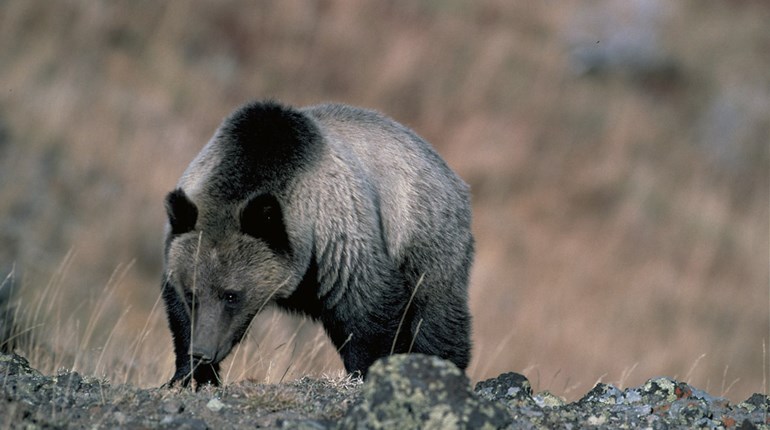
I recently came across an essay that offered insight when its author, Arkansas State University professor of military science Dave Grossman, metaphorically explains society is comprised of sheep, wolves and sheepdogs. The majority of society's inhabitants are sheep—kind, gentle, productive citizens incapable of intentional harm without acute provocation. While sheep accept the notion of danger in terms of things like fire, which is why having fire alarms, sprinklers, extinguishers and a phone to call the fire department are so appealing, they otherwise choose to live in denial and refuse to acknowledge the presence of evil in society. This core belief is what makes them sheep.
However appealing the thought of a society without evil may be, a paradox in the form of the statistics from my previous installment (along with the nightly news) reminds us why living in denial is an unsafe practice: Wolves prowl among us, clinging to the shadows in search of a nonobservant, vulnerable sheep to cull from the herd for a fleecing. Driven by things like bloodlust, the thrill of the hunt and the notion of a quick-and-easy buck, the wolf's only contribution to society is creation of fear and the threat of violence.
Thankfully sheepdogs throughout society offer varying degrees of protection. Whether they are clad in blue with a badge, digital camouflage or dressed discretely as a concealed-carry permitee, their goal is the same: to successfully fend off a wolf's attack. Unlike sheep, sheepdogs possess a capacity for violence—they have the willingness to fight with wolves and to do whatever it takes to survive. Worst of all, his presence is disturbing to the sheep because he's a constant reminder wolves are about.
There's a substantial difference between sheepdogs and wolves. Sheepdogs obey the law. While the flock grazes contentedly pretending the wolf will never come, the sheepdog patrols the meadow, sniffing the breeze for the slightest clue of danger
Despite the sheepdog's valiant role, sheep would prefer he hang up his fangs, grab a mouthful of grass and go "baa." That is, until the wolf appears, when the sheep will immediately seek sanctuary behind their self-appointed guardian.
The reference to sheep in this analogy is not meant to be a negative, but rather to illustrate how the vast majority of society relies on various forms of law enforcement and the military for protection. By the same token, it's easy to see how most people with disabilities resign themselves to being sheep. However, having a disability doesn't have to put you at a disadvantage with regard to self-defense. By modifying your behavior, analyzing what factors make you a potential target and being aware of your surroundings, you not only transform from a sheep into a sheepdog, you become a truly unique sheep/sheepdog hybrid. The combination of your disarming sheep-like appearance and a self-defense-oriented mentality can work to your advantage the moment wolves emerge from the shadows with a taste for mutton.






































